In a significant archaeological discovery, the exquisite Dancing Moses (Mousa) statue, inspired by ancient mythology, reappeared in the Turkish Aegean province of Stratonikeia after lying dormant for nearly 2,175 years,
According to the Turkish Culture and Tourism Ministry, the statue found in the excavations of the ancient city in the modern province of Mugla is the only original from the Hellenistic period of a work that was copied during the Roman era.
The statue, known to have been created by Philiskos, a famous sculptor from the second century BC, has copies from the Roman period known in various parts of the world, including Anatolia and Greece.
However, the statue found in the ancient city of Stratonikeia distinguishes itself as the only original work from the Hellenistic era by Philiskos, separating it from the Roman period copies.

The discovery also holds significance for archaeologists as it indicates Philiskos' presence and work in Stratonikeia during the Hellenistic era.
The excavation in the Frigidarium (cold bath) of the Roman Bath in Stratonikeia ancient city revealed the statue along with its base, but the head and arms are not among the findings.
A copy of this statue was previously found in the Roman bath of the ancient city of Perge, similar to its discovery on the island of Rhodes, off the Turkish coast.
The statue will be displayed in the Mugla Museum after additional restoration work is completed.
Stratonikeia is called the "City of Gladiators" and is listed on the UNESCO World Heritage temporary list.
It is also known as one of the world's largest marble cities. Excavation in the ancient city began in 1977.
The ancient city, significant for the Hellenistic, Roman, and Byzantine eras, as well as the Anatolian principalities, Ottoman and Republic eras, houses significant artifacts.

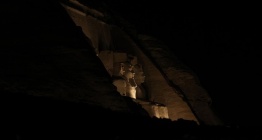
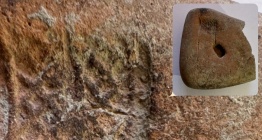
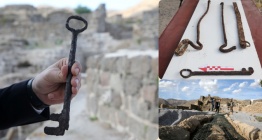
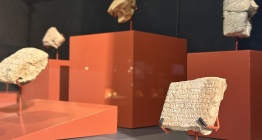



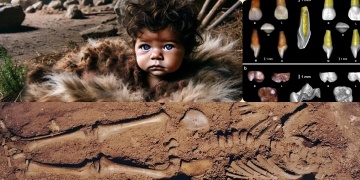 Buz devrinde 16 aylıkken ölen bebeğin mavi gözlü olduğu anlaşıldı
Buz devrinde 16 aylıkken ölen bebeğin mavi gözlü olduğu anlaşıldı  Ayanikola Kilisesi Restorasyon ve Çevre Düzenleme Projes hayata geçiriliyor
Ayanikola Kilisesi Restorasyon ve Çevre Düzenleme Projes hayata geçiriliyor  Tarihi Kentler Birliği'nin ekim ayı encümen toplantısı, Şanlıurfa'da yapıldı
Tarihi Kentler Birliği'nin ekim ayı encümen toplantısı, Şanlıurfa'da yapıldı  Yazma Eserler uzmanı Prof. Dr. Kasım Al-Sâmerrai: Oryantalistler dilin fıkhını bilmiyor
Yazma Eserler uzmanı Prof. Dr. Kasım Al-Sâmerrai: Oryantalistler dilin fıkhını bilmiyor 




